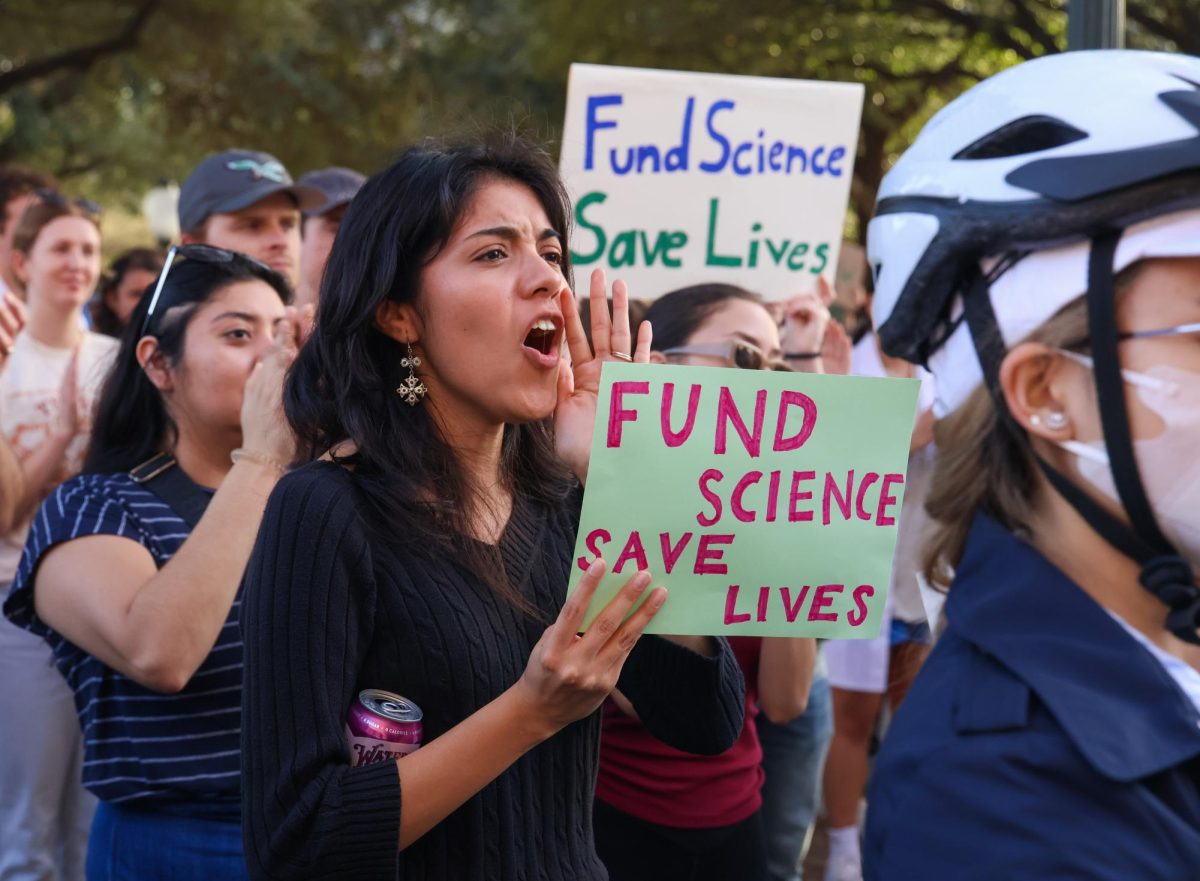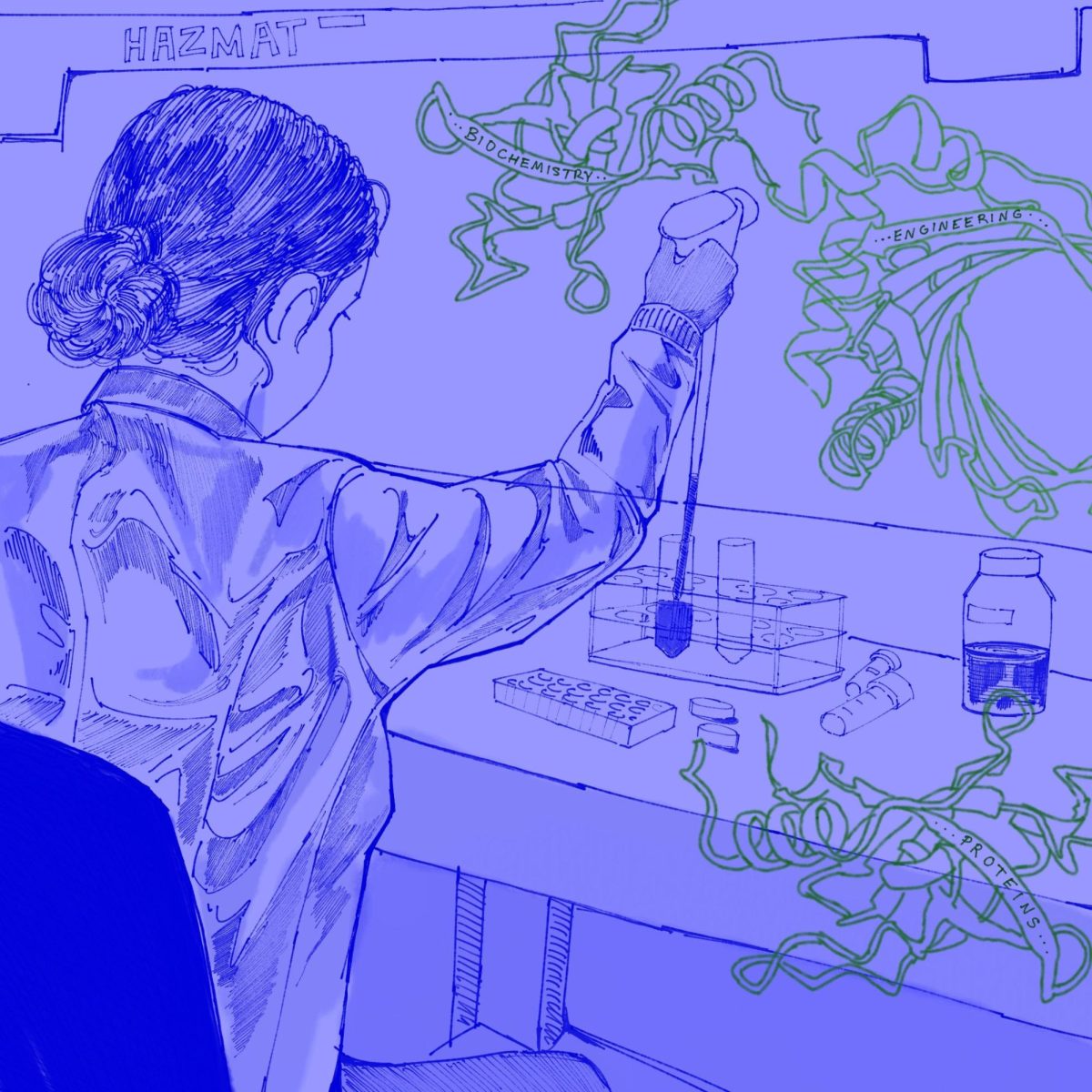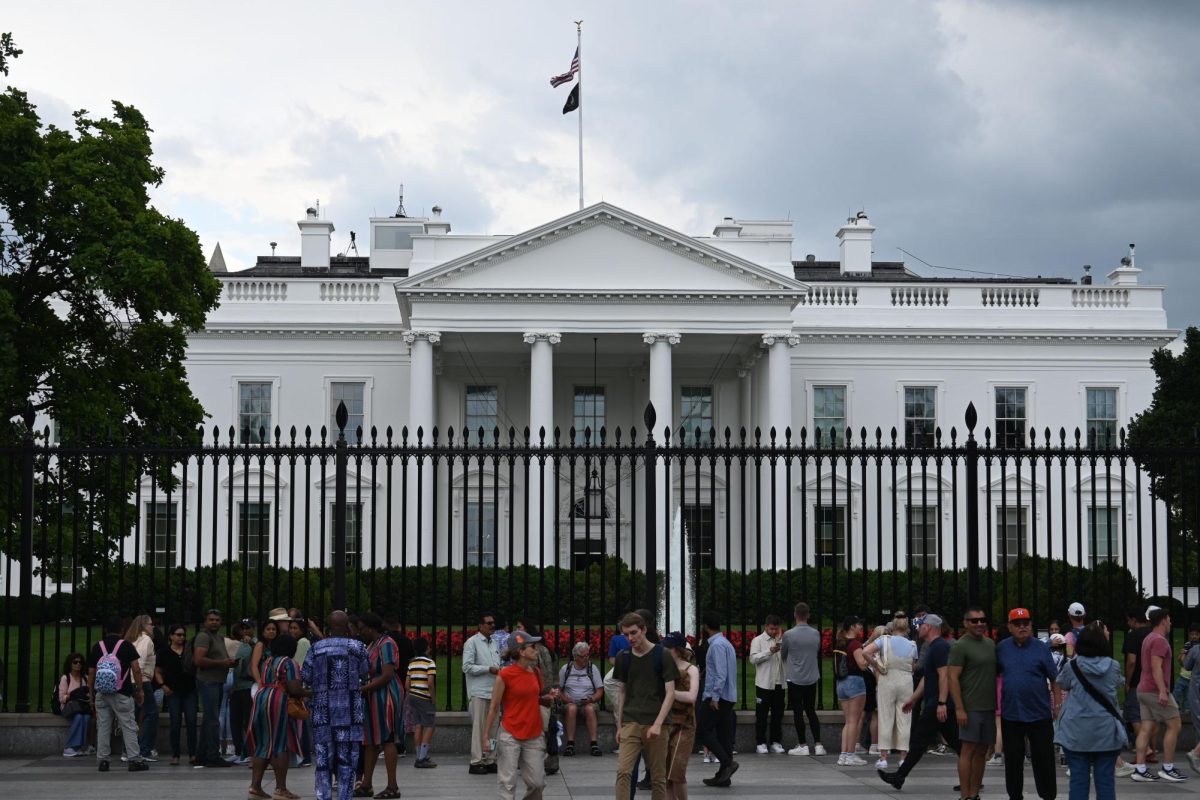To meet the city’s growing transportation needs, the City Council is likely to vote Thursday on a contract with a consulting firm that will consider long- and short-term plans for the future of Interstate Highway 35.
Potential ideas for the I-35 Corridor Development Program include controlling the traffic coming and leaving the freeway’s ramps and the addition of a lane or lanes to the current shoulder of I-35, which might be made a high occupancy vehicle lane or a “managed” toll lane.
The city expects the consultant to think creatively and propose a variety of solutions for the future of the highway that is between Highway 290 at the north and William Cannon Drive at the south, said Gary Schatz, program manager for the I-35 Corridor Development Program and assistant director of the Austin Transportation Department.
“Today we’re looking for ideas. We’re looking for viable concepts,” Schatz said.
The firm will make recommendations by the end of this year and meetings for community input will follow to refine the plan beyond that.
Schatz said the planners must work within existing infrastructures because major structural changes
are impossible.
“We can’t do that here; there’s no money to do it, there’s likely no political will to do it,” he said. “There’s environmental impacts to be considered, so whatever we come up with needs to fit within the existing footprint.”
By inviting a transportation agency such as the Texas Department of Transportation or Capital Metro to invest in the project, Schatz said the city could alleviate some of the construction costs.
The research contract for the I-35 Corridor Development Program will be funded with $1 million of the $90 million Mobility Bond voters passed last November. The city will find funding for any construction after considering the firm’s recommendations, Schatz said.
Besides the I-35 project, the bond is also paying for a broad set of projects currently under way on the city’s transportation system at large, including bike lane infrastructure, pedestrian walkways and urban
rail research.
Transportation Department spokeswoman Leah Fillion said the department and the contracted firm will also use past recommendations including My35, a statewide I-35 development plan.
The focus of the new I-35 Corridor Development Program is to get the greatest return from the existing infrastructure, without having to take on massive construction projects, Fillion said.
If the city plan is successful, it could provide relief for UT drivers. Matthew Olson, a health education coordinator at University Health Services, said that he doesn’t enjoy driving on I-35 now.
“I think it’s poorly designed,” he said. “The entrance and exit ramps tend to not be long enough for people to merge with the traffic, it bottlenecks at various places which makes it really congested. I really try to avoid it if possible.”
Printed on 6/23/2011 as: City may vote on I-35




















